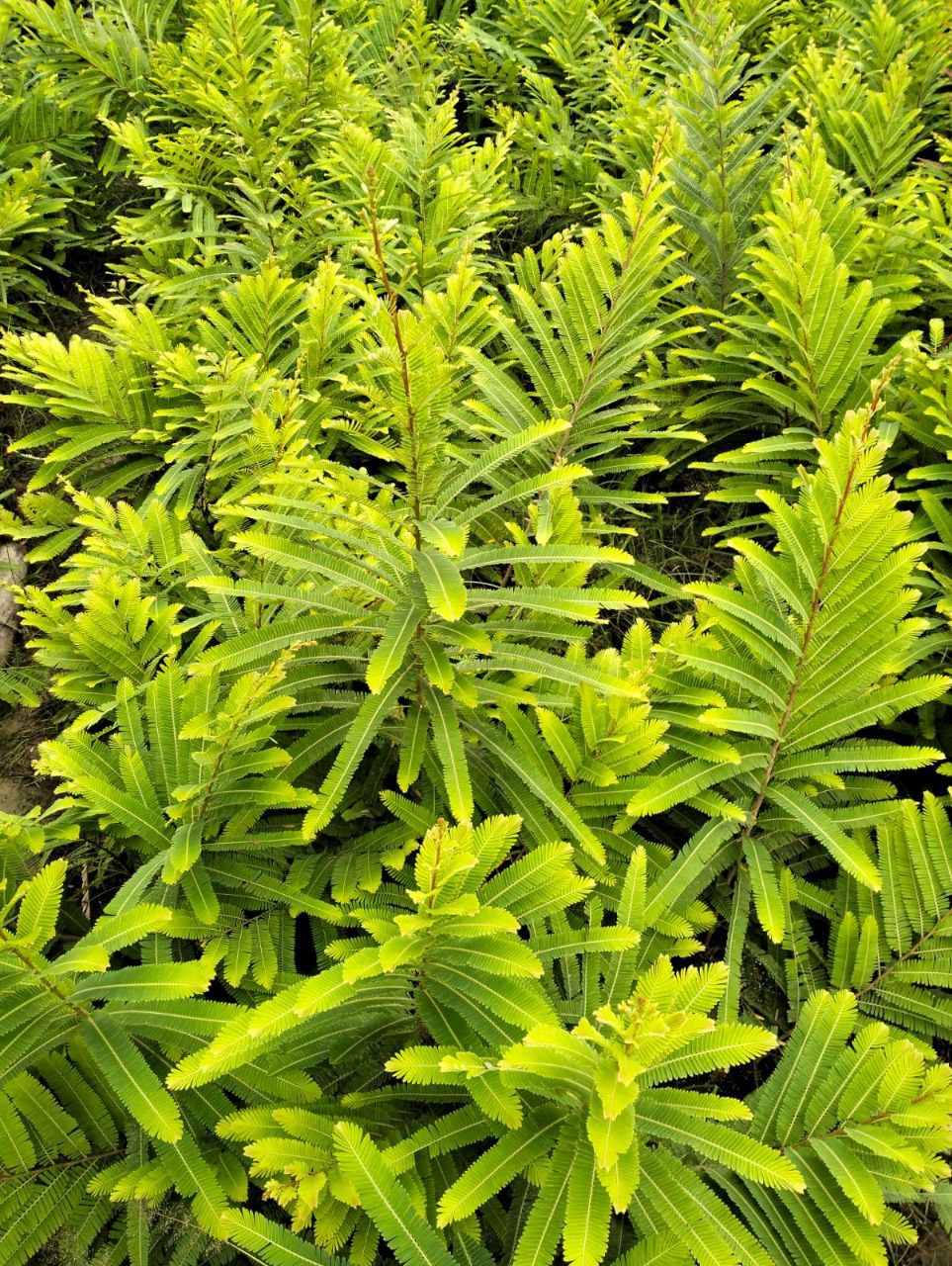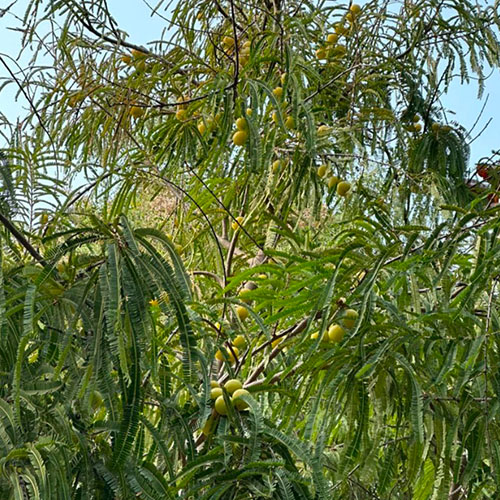Amla Plants
Amla, also known as Indian gooseberry (scientific name: Phyllanthus emblica), is a deciduous tree known for its small, round fruits that are rich in vitamin C and antioxidants. Amla is widely used in Ayurvedic medicine and is known for its numerous health benefits, including boosting immunity, improving digestion, and promoting hair and skin health. Here’s a guide on the characteristics and cultivation of amla plants:
Key Characteristics of Amla Plants:
- Fruit Size and Appearance: Amla fruits are small, round, and greenish-yellow. They are typically about 1 to 1.5 inches in diameter. The fruit has a smooth, translucent skin and a fibrous, juicy pulp that is both tart and slightly bitter.
- Flavor: Amla has a distinct tart and sour taste with a slightly astringent finish. The fruit is often consumed fresh, dried, or processed into various forms like powder, juice, pickles, and candies.
- Tree Size: Amla trees are medium-sized and can grow up to 8 to 18 meters (26 to 59 feet) tall. They have a crooked trunk and spreading branches with light green, feathery leaves.
- Flowers: The tree produces small, greenish-yellow flowers that bloom in clusters. These flowers are usually inconspicuous and appear in spring.

.jpg)

.jpg)


